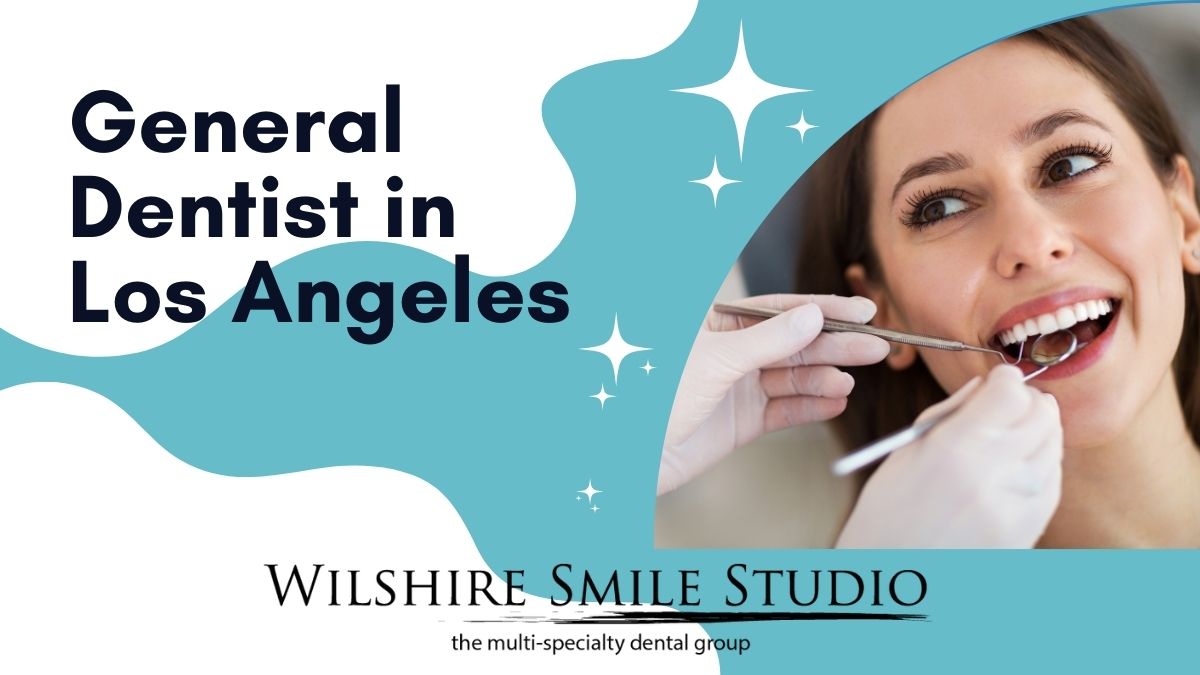7 Easy Facts About Legacy Orthodontics Described
Wiki Article
Little Known Questions About Legacy Orthodontics.
Table of ContentsThe Facts About Legacy Orthodontics UncoveredHow Legacy Orthodontics can Save You Time, Stress, and Money.Legacy Orthodontics Things To Know Before You BuyThe 2-Minute Rule for Legacy OrthodonticsWhat Does Legacy Orthodontics Do?
At Advanced Orthodontics, we provide people with a holistic treatment experience. In addition, we supply adjustable therapy schedules, versatile repayment alternatives and a fun, enjoyable experience. orthodontist. Telephone call ( 480) 357-4900 today to find out more and routine a consultation.An orthodontist is a dental expert trained to diagnose, prevent, and treat teeth and jaw abnormalities. Orthodontists function with people of all ages, from children to grownups.
Malocclusion, or misaligned teeth, can result in oral concerns, including tooth degeneration, gum tissue condition, and difficult or excruciating eating. Yet not every person is born with straight teeth. If you have a poor bite or big rooms in between your teeth, you may want to get in touch with a dentist concentrating on orthodontic treatment.
The 30-Second Trick For Legacy Orthodontics
( Image Credit History: DigitalVision/Getty Images) Orthodontists make use of repaired and detachable dental devices, like dental braces, retainers, and bands, to alter the position of teeth in your mouth. Orthodontic therapy is for oral problems, including: Jagged teethBite troubles, like an overbite or an underbiteCrowded teeth or teeth that are also far apartJaw misalignmentThe goal of orthodontic therapy is to boost your bite.A healthy and balanced bite ensures you can eat, eat, and speak correctly. While you may consider orthodontists as mostly for kids or young adults who need dental braces, they can fix oral issues at any kind of age. Orthodontists attend university, oral college, and orthodontic institution. After graduation, they invest 2 or 3 years in an orthodontic residency program.
, yet not all dentists are orthodontists. They focus on two locations: Exactly how to properly and safely move teeth Just how to appropriately lead growth in the teeth, jaw, and faceOnce an orthodontist has actually completed training, they have the option to end up being board licensed.
6 Simple Techniques For Legacy Orthodontics
Misalignment, or malocclusion, is one of the most common factor individuals see an orthodontist. It is genetic and is the result of size distinctions between the top and lower jaw or in between the jaw and teeth. Malocclusion leads to tooth congestion, an askew jaw, or uneven bite patterns. Malocclusion is generally treated with: Your orthodontist attaches steel, ceramic, or plastic square bonds to your teeth.Some individuals need a headwear to help move teeth into line with stress from outside the mouth. A retainer is a custom-made tool that maintains your teeth in area.
They can create added space in the mouth without having to pull teeth. Orthodontists use cords, medical screws, or plates to support your jaw bone.
You might require to see an orthodontist if you have: Crowding or otherwise sufficient area for all of your teethOverbite, when your top teeth come your bottom teethUnderbite, when your base teeth are as well much forwardSpacing or issues with gapsCrossbite, which is when your top teeth fit behind your base teeth when your mouth is closedOpen bite or a vertical void between your front base and upper teethMisplaced midline, when the center of your bottom and upper teeth do not line up Remedying a dental malocclusion can: Make attacking, eating, and speaking easierImprove the proportion of our face and leesburg clear braces your total appearanceEase pain from temporomandibular joint disordersDifferent your teeth and make them easier to cleanse, aiding protect against tooth degeneration or tooth cavities It's often a dental expert who initially notifications misaligned teeth during a regular examination.
Facts About Legacy Orthodontics Uncovered

Throughout your very first orthodontic examination, you'll likely have: An oral examPhotos taken of your face and smileDental X-raysPanoramic (360 level) X-rays of your face and headImpressions to create molds of your teethThese tests will assist your orthodontist understand how to wage your treatment. leesburg clear braces. An orthodontist is a dental professional that's had training to treat your teeth and jaw
Orthodontists might execute surgery, exams,X-rays,and even more to assist you acquire an extra comfy, much healthier smile. An orthodontist is concentrated on your bite, so something like a broken tooth would be handled by a dental expert. Orthodontists are dental professionals yet not all dentists are orthodontists. Orthodontists are focused on your bite, or the means your teeth fit together, and the straightness of your teeth. Ever before wondered exactly how celebrities always seem to have flawlessly lined up teeth? The answer frequently hinges on the competent hands of an orthodontist. However what specifically does an orthodontist do? Orthodontists are oral specialists who focus on remedying irregularities in the teeth and jaws. Their knowledge exceeds just creating a beautiful smile; it includes improving your total dental wellness and feature.
Little Known Questions About Legacy Orthodontics.

, orthodontists have a varied toolkit at their disposal. These reliable dental braces use a system of brackets bonded to the teeth and attached by wires.
Clear aligners, like Invisalign, are a popular alternative for patients looking for an extra very discreet therapy alternative. These detachable trays are tailor-made to considerably move the teeth's setting. Headwear may be made use of along with dental braces or aligners to use additional targeted forces, particularly for dealing with jaw inconsistencies. In cases of narrow jaws, palatal expanders can be used to produce room for appropriate tooth placement.
Report this wiki page